REACH(ing) for changes
Read Time: 3 minutes
The REACH (Registration, Evaluation, Authorisation and restriction of Chemicals) regulation provides the ground rules for chemicals management in the EU. As part of the Chemicals Strategy for Sustainability (CSS), launched in October 2020, the European Commission is currently consulting on revising the REACH regulation, including changes to the authorisation and restriction processes. The goal is to simplify the process and increase efficiency.
Industry members, regulatory authorities, and NGOs have all taken issue with the authorisation process. Industry members find the process to be burdensome and even confusing when minor changes in applications result in authorities classifying it as a new application. Additionally, authorisation applications made by upstream members of a supply chain are often not thorough enough because those members don’t fully understand the downstream use of these substances, this results in downstream companies having to submit their own applications. Many downstream applications can also be quite similar, which causes duplication of the work required by the industry for authorisation. From the regulator’s point of view, the lack of communication between upstream and downstream members of a supply chain results in a large administrative burden during the review process. Meanwhile, NGOs have noted authorisations being granted even in some cases where alternatives are available, which results in an economic disadvantage for companies that have already invested in finding suitable alternatives.
All of this begs the question: what is the goal of authorisation? Of course, the short-term goal is to reduce exposure of these hazardous substances to only those who are granted an authorisation application, but the long-term goal is to enable the substitution of substances of concern through R&D over time with minimal disruption to the market.
The interaction of the authorisation and restriction protocols under REACH is highly complex. Substances identified as substances of very high concern (SVHCs) are initially added to the Candidate List and are considered for possible inclusion into the authorisation list bi-annually via a rolling programme. If added to the authorisation list, the substance is accompanied by a sunset date, usually, 3 years out, which allows companies to conduct R&D and phase out the substance from their products.
The restriction protocol under REACH is used to manage risks that cannot be managed by other processes in REACH. Restricted substances are added to Annex XVII of REACH following a lengthy process of dossier evaluation by ECHA. The type of restriction for a substance can vary from a complete ban to concentration limits to specific product types and uses; entries in Annex XVII are accompanied by any relevant exemptions for the specific chemical substance or group. Authorisation and restriction work in tandem to reduce the harmful effects of hazardous substances and their various uses on human health and the environment.
Better understanding the background and goals of authorisation can help clarify the benefits of updating the process. There are three options being considered for modifying the authorisation process:
Option 1: Clarification and simplification
Key elements of the regulation like the definitions, timeframes, guidance for downstream users, and level of detail required can be clarified. The process can also be simplified by reducing the information required for low volume uses or for SMEs. While this is well-intentioned, it may be difficult to specify the details required, for all types and scales of authorisation applications that are received, within the legislation.
Option 2: Integration of authorisation into restriction
By removing Annex XIV (authorisation list) and incorporating the substances into Annex XVII (restrictions list), all substances of concern would be regulated cohesively. Both industrial group and individual companies could then apply for derogations from the restriction by providing proof of essential use. Since the current derogation process is less transparent than the authorisation process the derogations could serve as the authorisation application by making this change. However, in what case would a derogation be granted? This brings up the controversial topic of what is considered by a company or industry group to be an essential use for a substance and how that may differ from the regulator’s and NGOs’ point of view.
Option 3: Removal of authorisation
Complete removal of the authorisation list means all professional and consumer uses would be covered by restrictions only, while industrial uses would be covered by occupational health & safety regulations. It’s unclear how this would impact existing authorisations, whether the derogation option would remain, and if it would require the incorporation of the essential use concept (and its related controversies).
It’s clear that all of the above options come with their own hurdles and require further exploration to identify a suitable solution. Input from NGOs, industry members, and regulators must be taken into consideration to ensure the path forward is clearly defined for all parties involved. Stakeholders may find it beneficial to explore incentivising substitution as a means to overcome the problems associated with authorisation. Promoting the use of safer alternative substances by encouraging research and development could help phase out the need for authorisation or derogation in addition to meeting the original goal of the EU Chemicals Strategy: a safer environment for all.
If you wish to discuss any of the points above, or any other aspect of the authorisation and restriction process, send us a message here.

